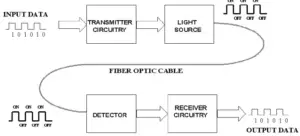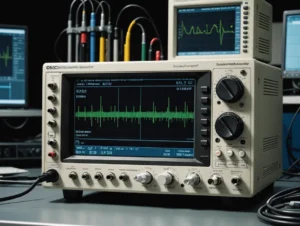Silicon dioxide (SiO₂), commonly referred to as glass or silica, has a nearly constant index of refraction of around 1.444 at 1550 nm. This material shows significantly lower material dispersion compared to silicon, approximately 6 times lower (−1.2×10−5 nm−1). Additionally, the temperature dependence of silicon dioxide’s refractive index is much lower than that of silicon, by a factor of 6.3 times.
In silicon photonic circuits, the role of silicon dioxide is typically less significant in terms of temperature and dispersion effects since most of the light is confined within the silicon. The inclusion of oxide dispersion becomes important mainly in waveguides where light extends outside the core, such as in slot waveguides or thin waveguides. In these cases, modeling the oxide dispersion is necessary.
For simulations like Finite Difference Time Domain (FDTD), it is often more efficient to use a simplified constant index model (e.g., n=1.444 at 1550 nm) for silicon dioxide. This is because it speeds up simulation times and reduces convergence issues, without introducing significant errors. In practice, the error from using a constant index model for the group index of a standard 500 × 220 nm strip waveguide is only around 0.1%. Hence, the constant index model is widely adopted in both FDTD and MODE simulations.
While the temperature and dispersion of silicon dioxide are generally less impactful on silicon photonic circuit performance, their role can be more pronounced in specific waveguide designs, requiring more careful modeling. The consistent refractive index of silicon dioxide makes it ideal for use in standard waveguide simulations where efficiency is critical.







